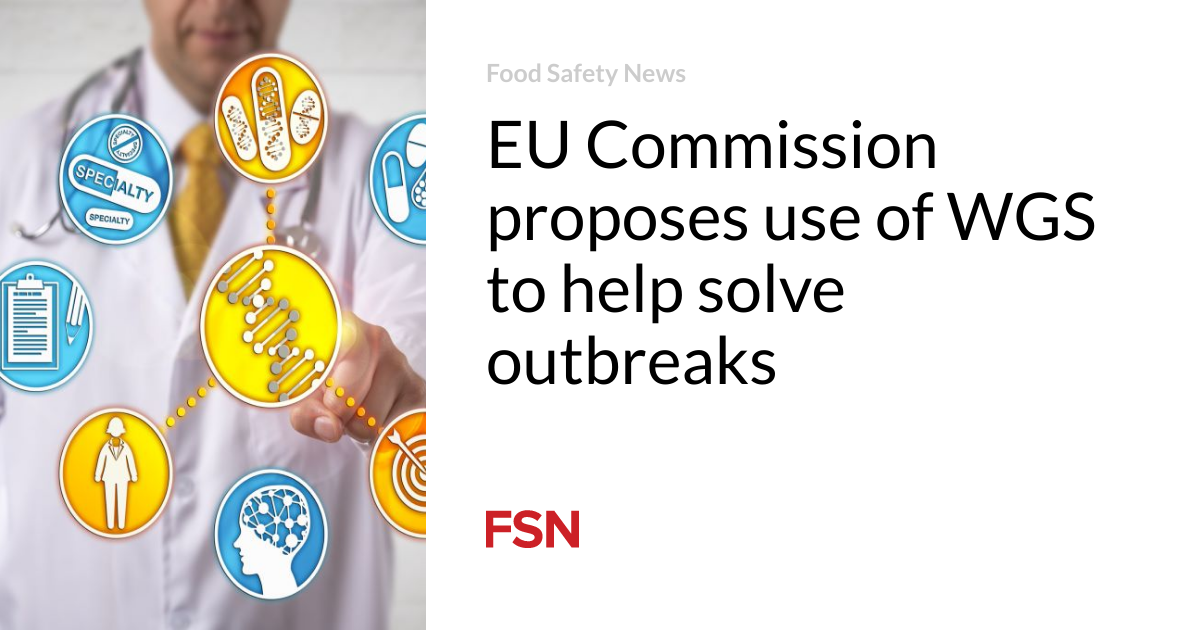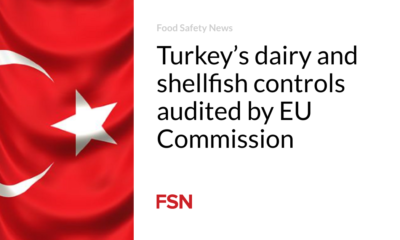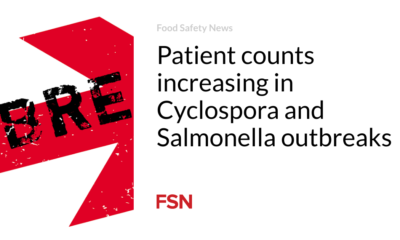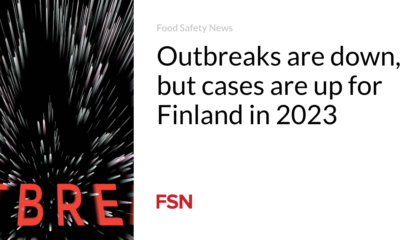Food
The European Commission proposes the use of WGS to help resolve outbreaks

The European Commission has proposed legislation requiring EU countries to carry out whole genome sequencing (WGS) during foodborne outbreaks.
Officials said the plans would facilitate the investigation of outbreaks and the timely detection of the source, limiting the number of sick people and the recall and recall of food.
Member States should collect isolates of Salmonella, Listeria monocytogenes, E. coli, Campylobacter jejuni and Campylobacter coli from food, animal, feed and related environmental samples from holdings and during official controls where the isolates are suspected to be associated with foodborne outbreak. They should also perform WGS on those isolates.
EU countries would send the related results to the European Food Safety Authority (EFSA), which developed the One Health WGS system together with the European Center for Disease Prevention and Control (ECDC).
EFSA could compare the WGS results on isolates collected as required by the Regulation with the WGS findings on human isolates communicated to the ECDC. This would allow it to identify the source of an outbreak and the shipments affected.
Draft open for comments
Under current rules, authorities in the Member States concerned must investigate foodborne outbreaks, but how they do this is not strictly defined. The aim is to provide data on the epidemiological profile, the foods potentially involved and the possible causes.
In 2022, there were 5,763 foodborne outbreaks in the EU. The number of deaths from outbreaks was the highest reported in the past decade. Salmonella was responsible for most outbreaks, while norovirus was responsible for most cases.
Cooperation between public health and food safety authorities in such investigations is critical to limiting the health burden of an outbreak and minimizing the economic impact of recalls and recalls of potentially unsafe food.
Whole genome sequencing helps identify clusters of microorganisms, supporting epidemiological research. It also allows for the establishment of links between isolates of foodborne pathogens recovered from humans, food, animals, feed and the associated environment during the outbreak investigation.
Due to the time needed to adapt to the new rules, as well as technical and financial considerations, the regulation would not enter into force until 18 months after the proposed rules have been finalized.
In a 2019 report, the ECDC said the pace of change for WGS varied between pathogens and European countries. However, the use of WGS-based typing for routine surveillance of at least one human pathogen has increased from no country in 2013 to twenty countries in 2017.
Feedback on the European Commission’s proposals can be submitted until September 18th.
(To sign up for a free subscription to Food Safety News, click here.)











